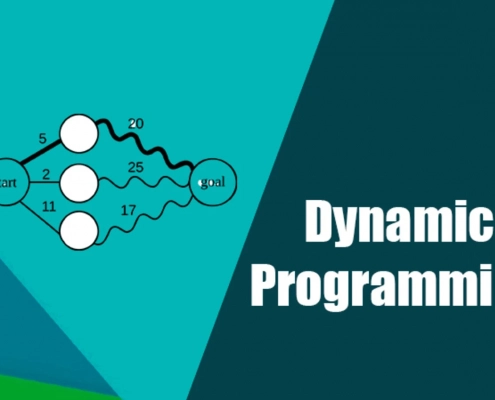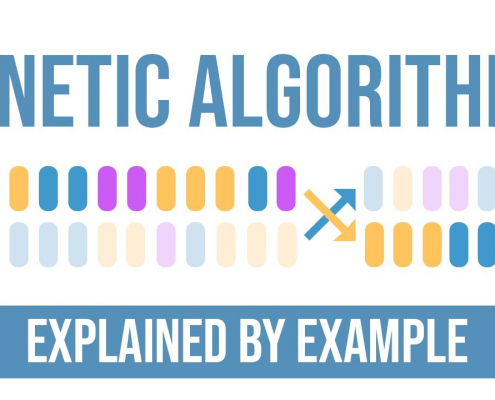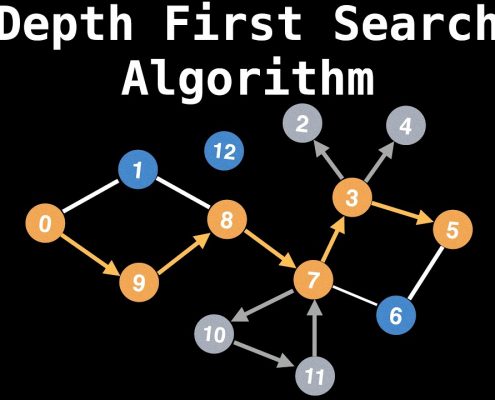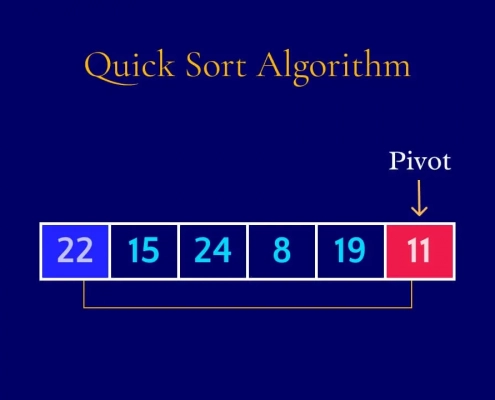
Karar Ağaçlarını Ustalaşma: Python ile Pratik Rehber
1 Yorum
/
Karar ağaçları, makine öğreniminin en sevilen araçlarından…

Dinamik Programlamayı Anlama: Kod Örnekleriyle Bir Kılavuz
Dinamik programlama (DP), bilgisayar bilimlerinde karmaşık…

Genetik Algoritma: Mükemmel Sıralamayı Evrimleştirme
Sıralama, bilgisayar bilimlerinin temel taşlarından biri.…

Derinlik Öncelikli Arama (DFS) Algoritması Rehberi
Graf teorisi ve algoritmalar dünyasında, Derinlik Öncelikli…

Hızlı Sıralama (Quick Sort) Rehberi: Böl ve Fethet Algoritması
Sıralama, bilgisayar bilimlerinin temel taşlarından biri.…

Birleştirme Sıralaması (Merge Sort) Rehberi: Böl ve Fethet Algoritması
Sıralama, bilgisayar bilimlerinin temel taşlarından biri.…
